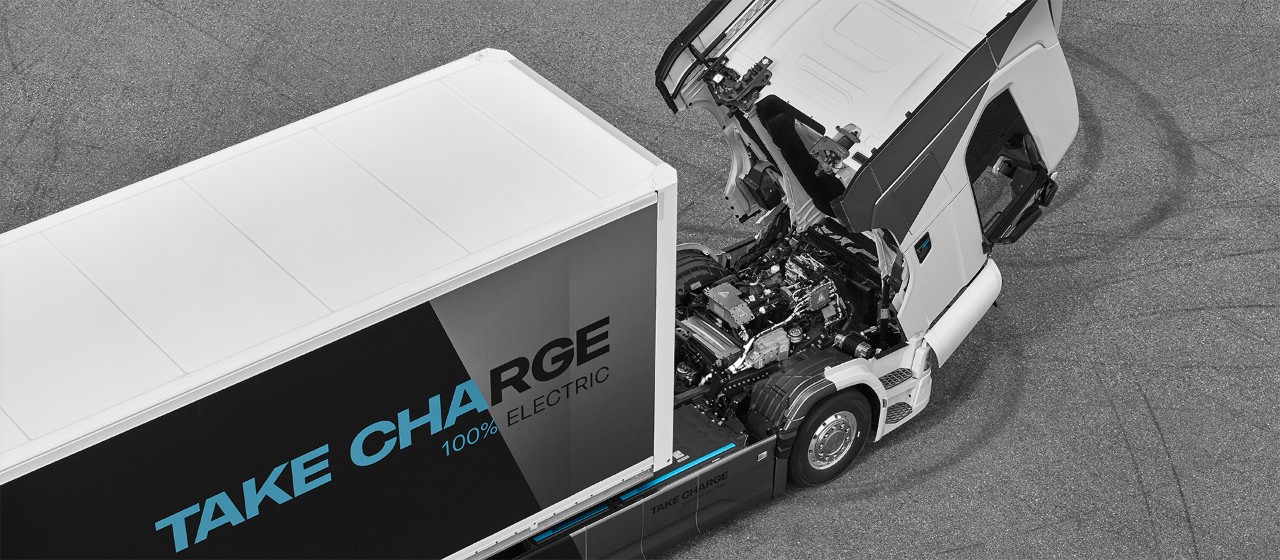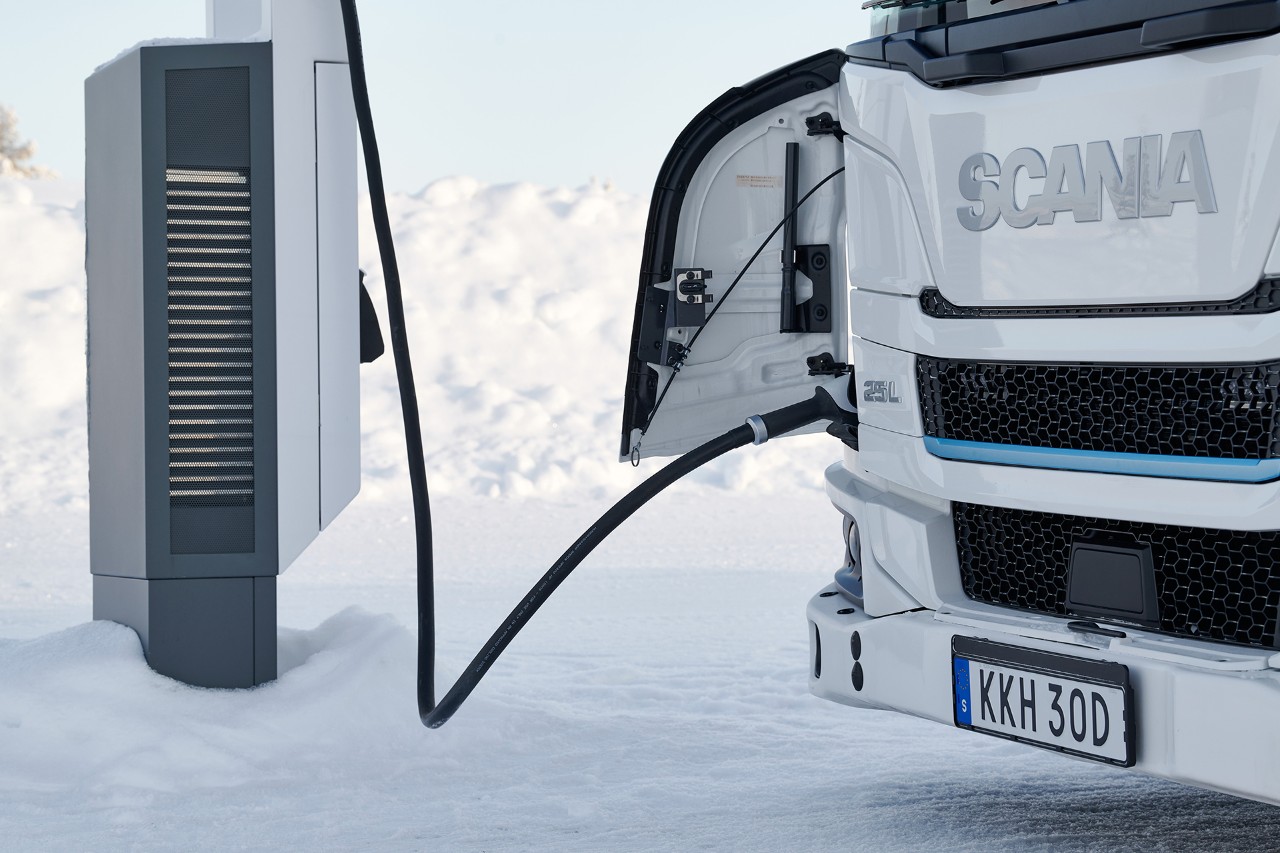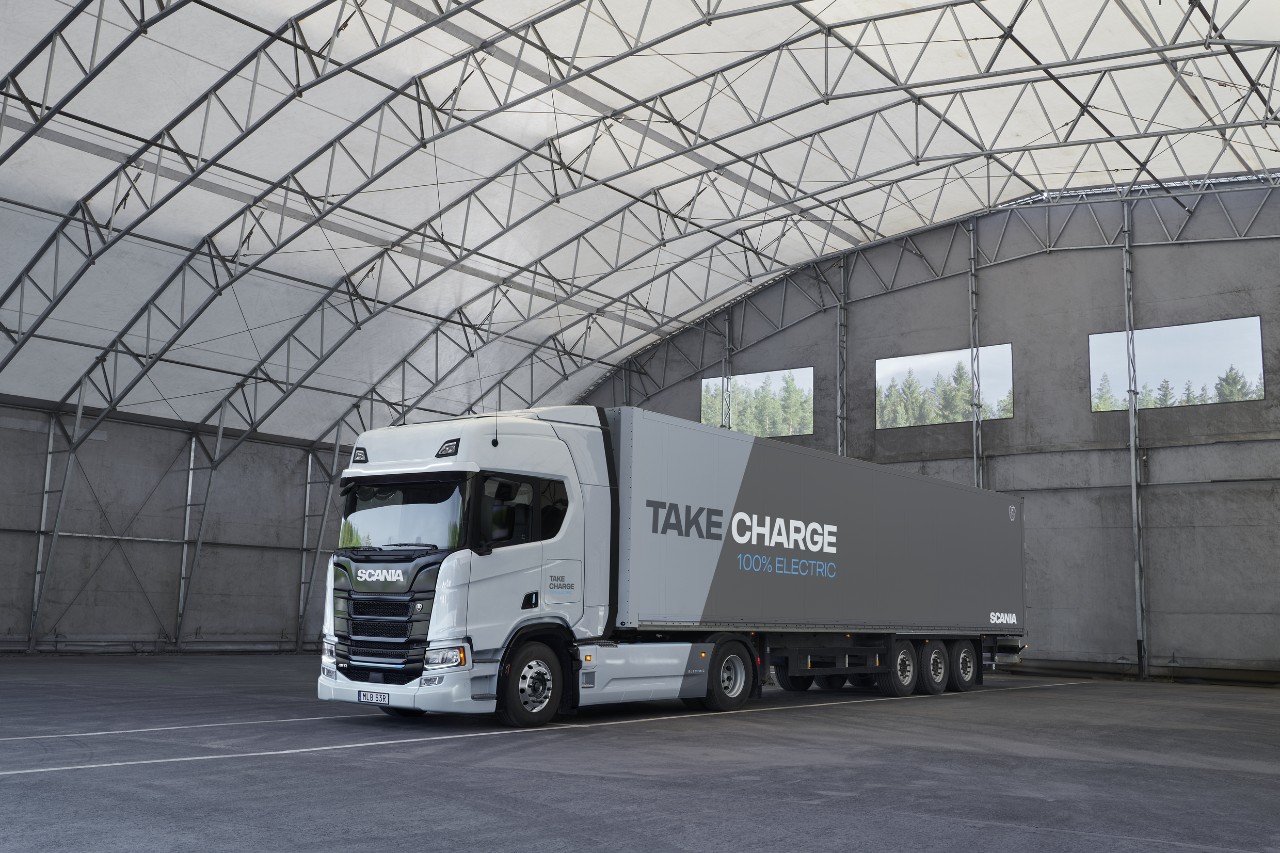
All you need to know about range and payload for electric trucks
There is no one-size-fits-all battery configuration for electric trucks. Sometimes it’s not about maximum range – maybe a smaller, lighter battery pack is better for your specific transport task. Hans Petersson, Senior Product Manager at Scania e-mobility, explains the connection between range and payload in this film.
A common misconception about electric trucks is that their battery capacity should always be large enough for the worst-case scenario, and always be optimised for maximum range. For example, it should be able to run for 500 kilometres.
“But let’s say that your transport mission only requires a range of 300 kilometres,” says Hans Petersson, Senior Product Manager within Scania e-Mobility, in this explainer film. “Let’s be honest: adding that extra battery may affect your payload capacity, but also the energy consumption.”
How to choose the most suitable battery capacity – two examples
There is a way to solve the range versus payload equation: Scania’s modular approach to product design gives customers the unique possibility of picking exactly the right building blocks they need to design the best battery electric truck (BEV) for their specific needs.
“There are many answers to what is the best combination of battery packs. It depends on the operation,” says Petersson, and outlines two examples:
- Example #1: City distribution
In this example a logistics company transports goods such as groceries, retail products, and parcels within urban areas. The BEV trucks operate with frequent stops, manoeuvering in tight spaces and meeting strict emission standards. The typical payload is 10 to 12 tonnes and the maximum range is around 300 kilometres. Charging mainly takes place at the transport company’s depot.
For this application, Petersson recommends Scania’s 416 kWh battery pack with a 75% SoC window*, weighing 2,300 kg: “Here, we go for the smallest battery configuration. That will suit this truck very well.”
- Example #2: Long haulage distribution
In this case, a transport company operates long-haul distribution with BEVs, running between logistics hubs and warehouses, mainly on motorways. The typical payload is 24 tonnes, and the maximum range for four and a half hours of driving at 80 km/h is 360 kilometres. The trucks are charged both at the depot and upon reaching their destination.
Here, Petersson recommends Scania’s 520 kWh with a 83% SoC window*, weighing 2,920 kg: “For this application, the medium-sized battery configuration is ideal. It also performs well for en-route charging, allowing for an additional 250 kilometers of range during a 45-minute break.”
“Let Scania guide you to the optimal solution”
Do you still have questions about how to create your perfect Scania electric truck spec? Hans Petersson recommends you to contact your local Scania representative:
“When it comes to electrification, there isn’t one-size-fits-all, so let us guide you to the optimal solution for your specific operations.”
*) SoC Window (State of Charge Window) describes the range of a battery’s charge level, expressed as a percentage, within which the battery’s capacity is utilised. It refers to how much of the total installed capacity is actually used in practice. A lower percentage means less stress on the battery, and a longer lifespan.
Four different combinations of battery packs
Scania has three different options for battery packs: two for frame installation, and a new one that is fitted underneath the cab. These can be combined in four different ways:
- 416 kWh installed capacity. Weight: 2,300 kg
- 520 kWh – 2,920 kg
- 624 kWh – 3,540 kg
- 728 kWh – 4,160 kg
Read more

Charging
We help you find the right charging solution for your specific need.
